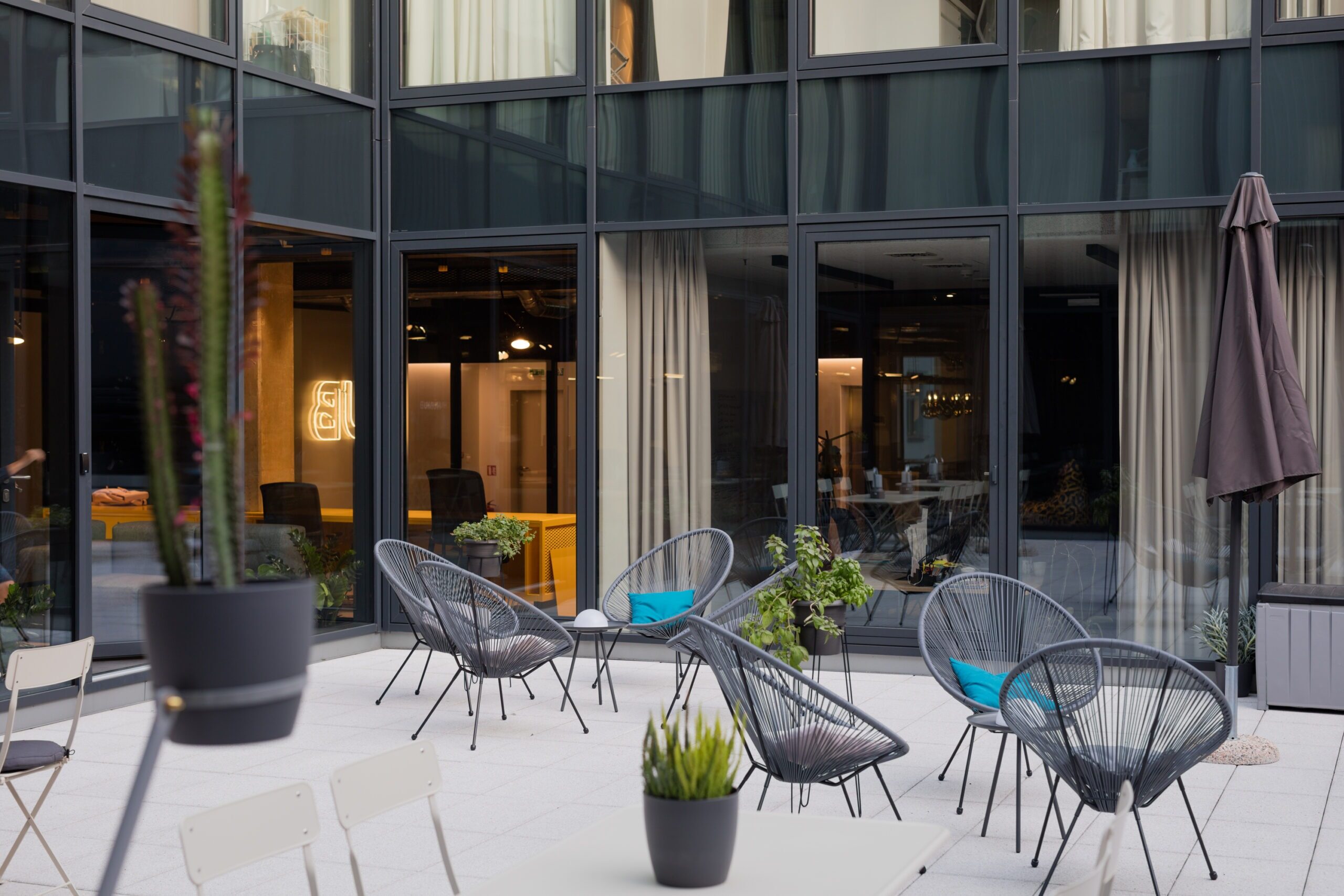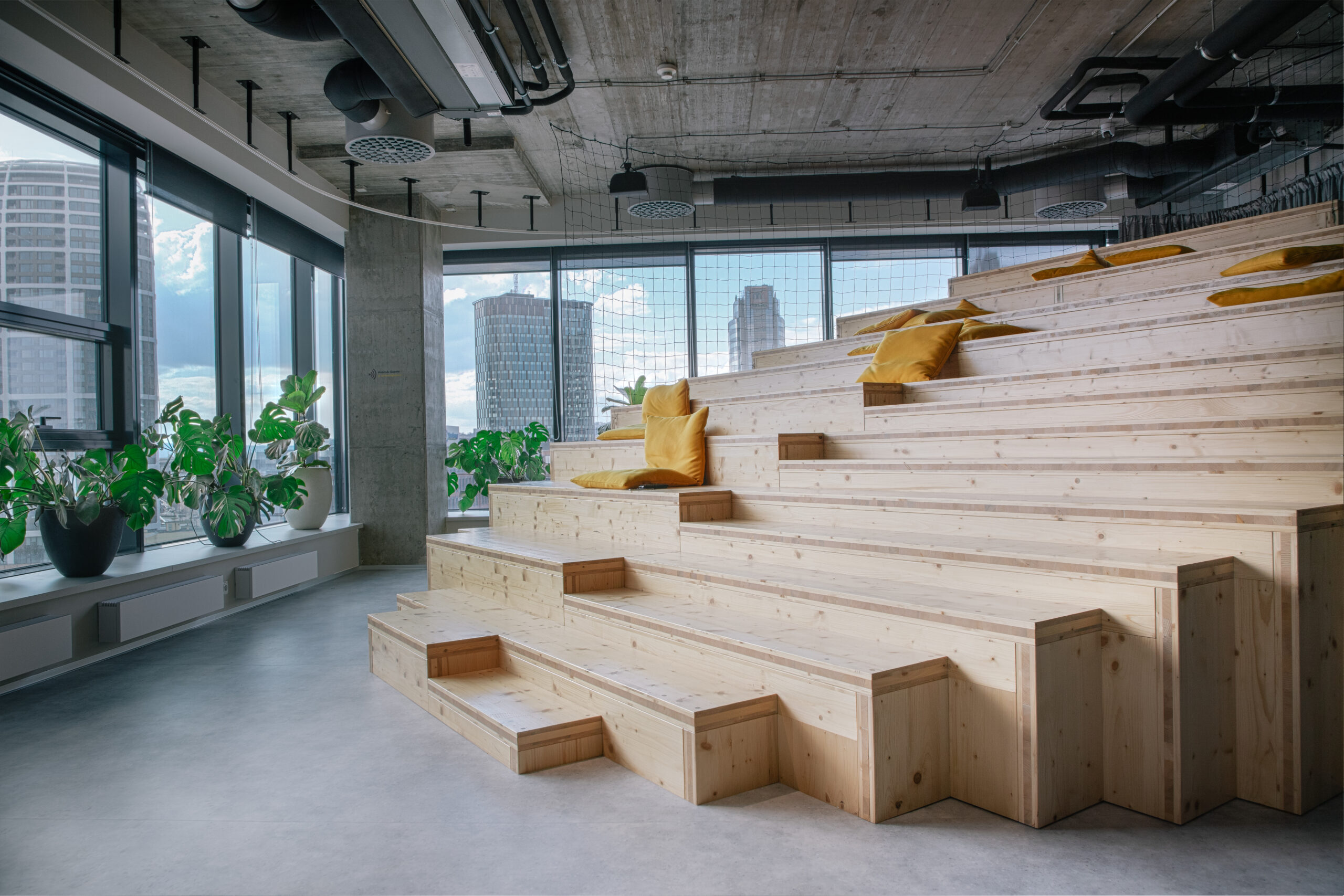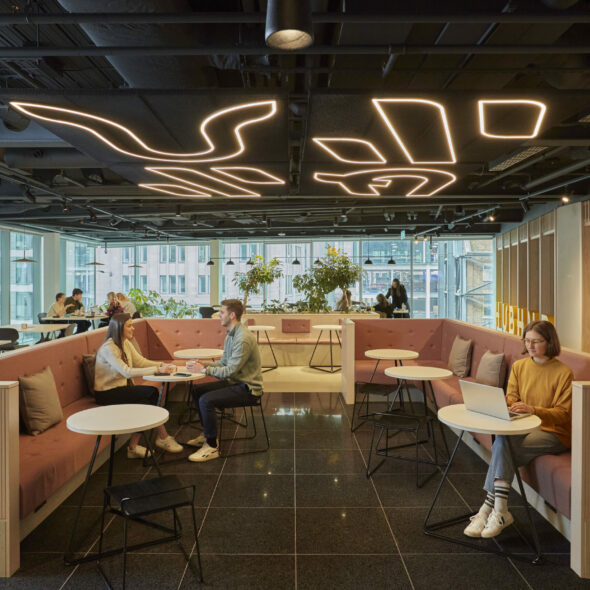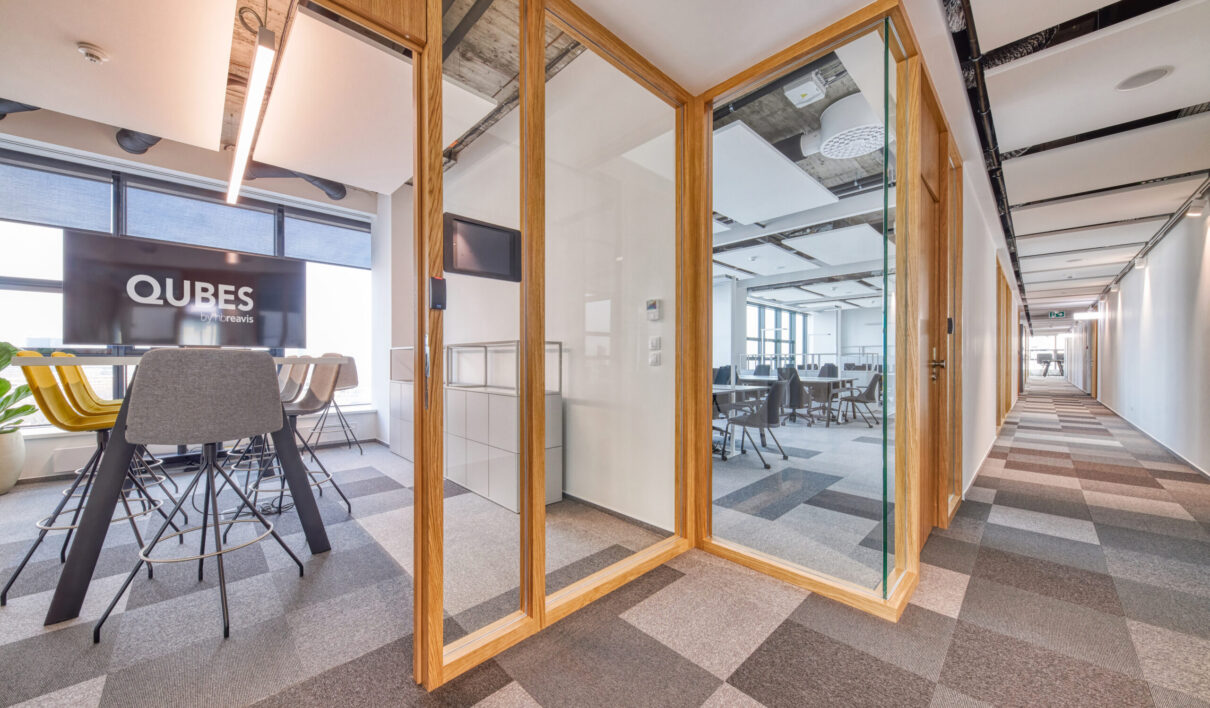Booking form
Meet HubHub
HubHub workspaces are designed to give ambitious businesses the perfect place to work and thrive alongside each other. Dedicated to making every moment together time well-worked, it starts with space and dedicated member care to enhance productivity and goes further, by inspiring collaboration, wellbeing and community.
We put people at the heart of everything we do. Our human scale means we create a genuine connection with all our members, because the better we get to know each other, the better our service becomes.
It’s simple and convenient, with great London locations, flexible membership and fully fitted workspaces that you can tailor in ways that work best for you. With shared spaces full of energy and regular members’ events, HubHub is more than just a place to work, it’s a place to belong.
Coworking
When you share space with like minds, great stuff happens. Get ready for inspiring collaborations, invaluable connections and game-changing shared insight.
Ready when you are
HubHub is simpler, easier and more convenient, with well-connected London locations, flexible membership, and fully fitted spaces that you can adapt to make your own.
Join our community
We are more than just a place to work, with regular member meet-ups, the dynamic energy of co-working and bookable event spaces.
4
Countries
4
Locations
20000
m2 area





